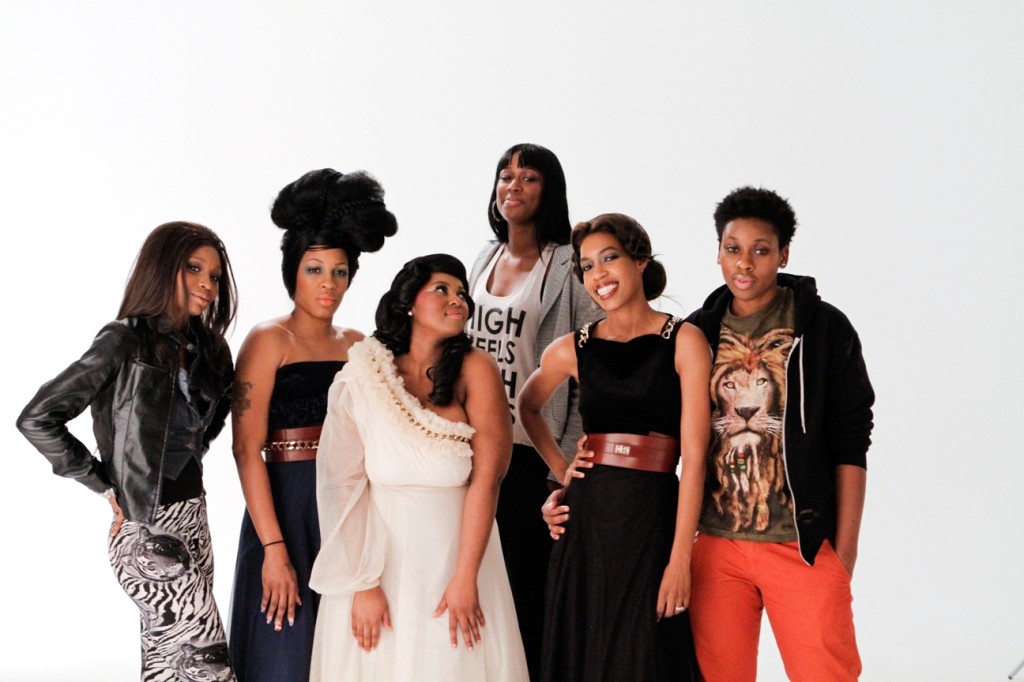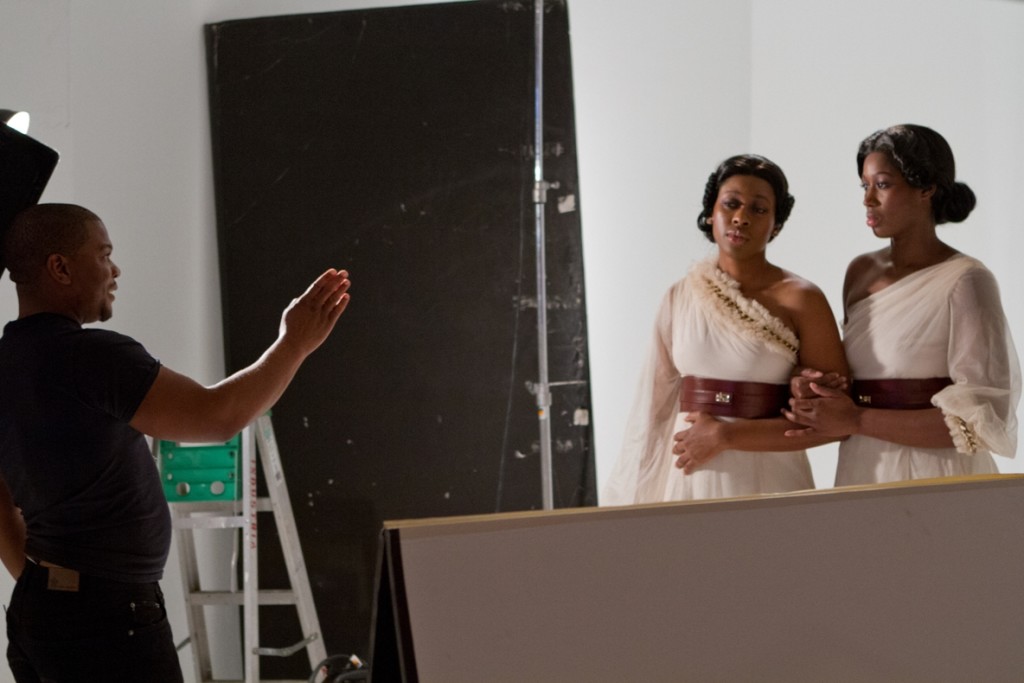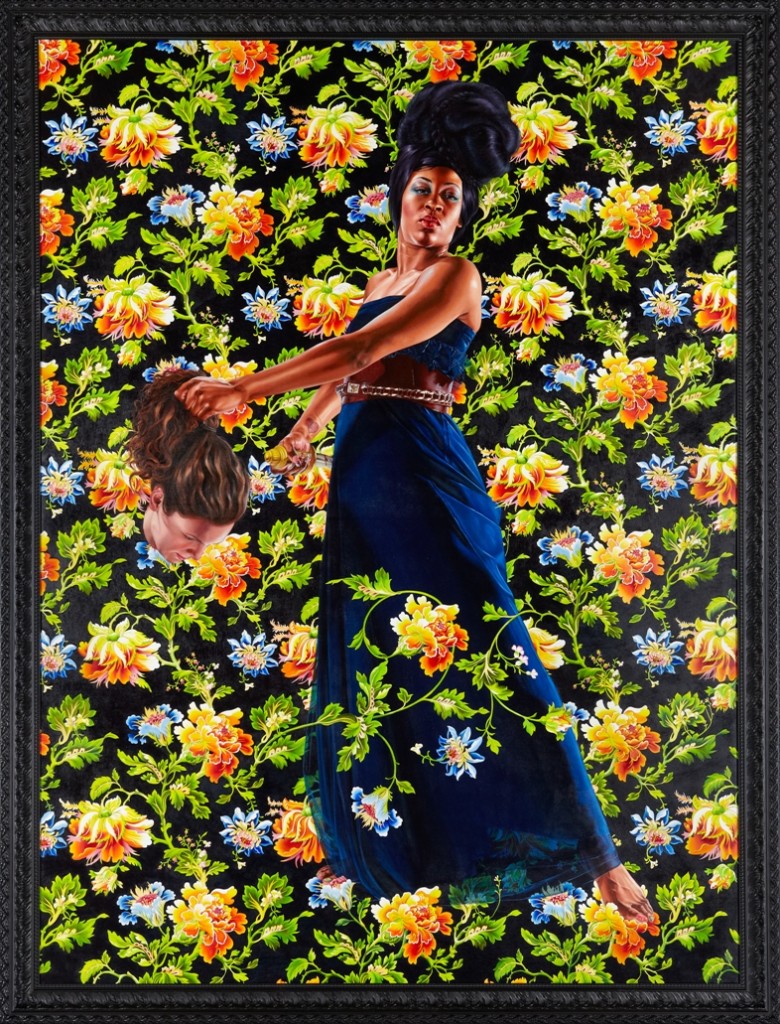
Princess Victoire of Saxe-Coburg-Gotha, 2012
©Kehinde Wiley, Courtesy Sean Kelly, New York
Photo by Jason Wyche
Even PBS is getting into the spirit of New York Fashion Week.
Earlier this week, New York City’s PBS station, WNET, debuted the documentary “Dressing America: Tales from the Garment Center.” That program re-airs on PBS Sunday at 10:30 p.m.
Tonight at 9 p.m. (Sept. 5), marks the debut of another fashion-centric documentary. Look for re-air dates in local listings. But this one includes an intriguing twist. “Kehinde Wiley: An Economy of Grace,” follows the painter through the process of selecting, outfitting and ultimately painting his subjects.
Wiley, up until now, has gained critical acclaim for his reinterpretations of classical portraiture featuring African American men. Indeed some of his portraits have been placed in the permanent collections of some of the most prestigious arts institutions in the world including the National Portrait Gallery in Washington, D.C.
But for his latest project, Wiley turned his focus on African American women, selecting average women he found on the streets of New York to be featured in specially crafted creations by his friend, the fashion designer Riccardo Tisci who is creative director of Givenchy.
The process and results of that project have been captured on film in a documentary, “KEHINDE WILEY: AN ECONOMY OF GRACE.”
Executive producer Lamar Johnson said the project’s focus on capturing the artist on film as Wiley and his team spotted women on the streets of New York, and then involved them in the process of creating the portraits, showed the unique convergence of experiences that were part of the project.

(From left to right) Shantavia Beale, Treisha Lowe, Ena Johnson, Chanel Stephens, Khalidia Asante, Dacia Carter after the photo shoot for An Economy of Grace
© Show of Force
Photo by Jessica Chermayeff
“It’s all very extemporaneous and sort of organic in how it unfolds. Some of these women were just average people on the street. Some were pretty well known like (television journalist) Lola Ogunnaike. But these were women who were just out and about in the urban epicenter. It’s all very organic,” Johnson explained. “We were surprised that there were quite a few people who turned down the venture. But that’s just the nature of the streets of New York. Some of the facial expressions we would get from the women when approached were priceless. That’s New York.”
Johnson said one of the most intriguing aspects of the project is Wiley’s overall goal to reconceptualize the image and imagery of African American women. The fashion component, Johnson said, heightened that goal.
“These were couture gowns that even those who have achieved more in the world professionally and financially may not be able to afford or have access to. But these women, chosen by chance on the streets of New York, got this experience,” Johnson said. “In the film, Kehinde talks about the way that African Americans and particularly African American women are portrayed in contemporary media. Those portrayals leave something to be desired, as he puts it.
“A lot of us involved in this project felt that was one of the key motivations for this and being part of this project. This was about presenting some alternate images of African American women and femininity … to balance the scales.”
—Karyn D. Collins






Speak Your Mind